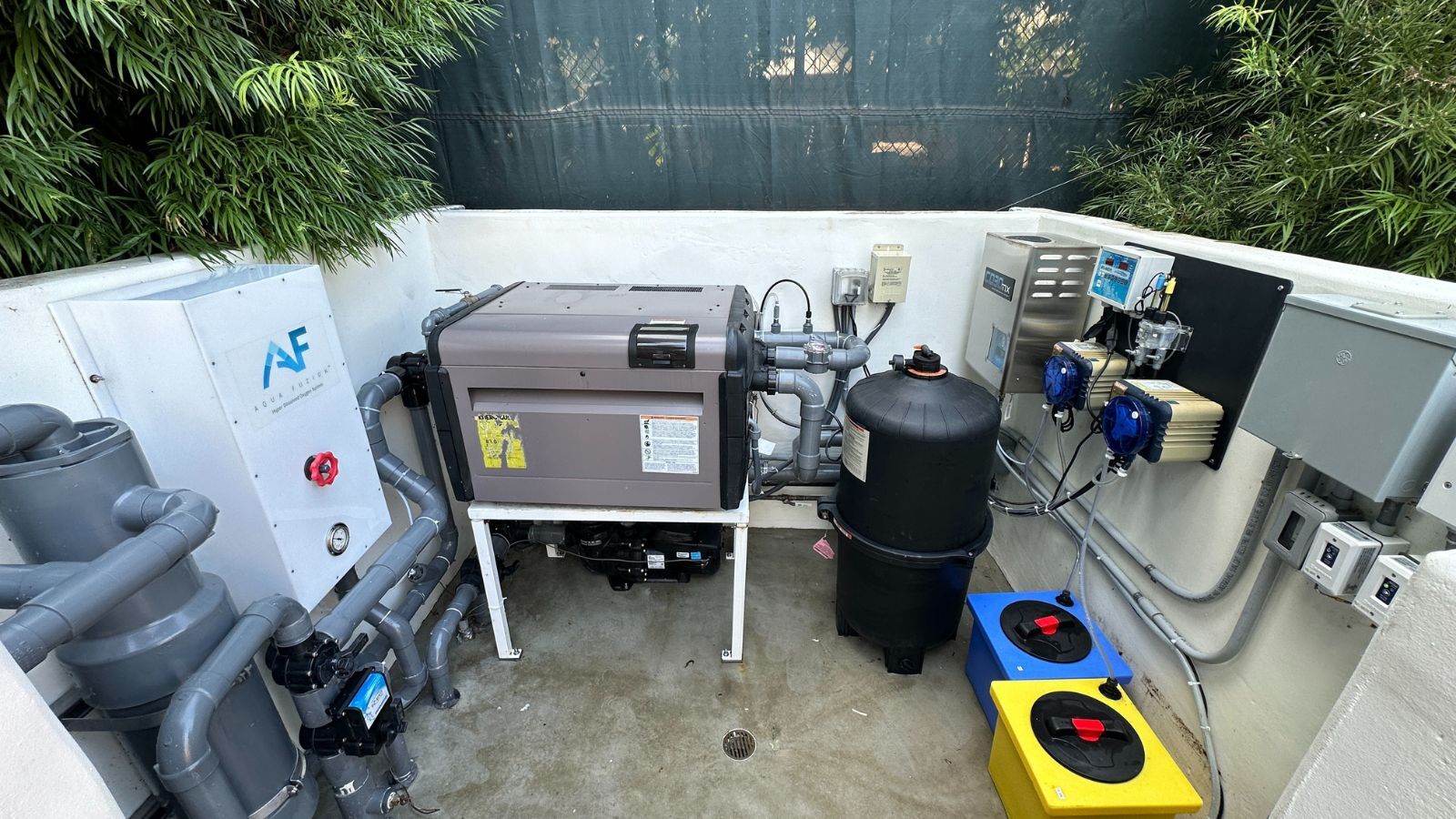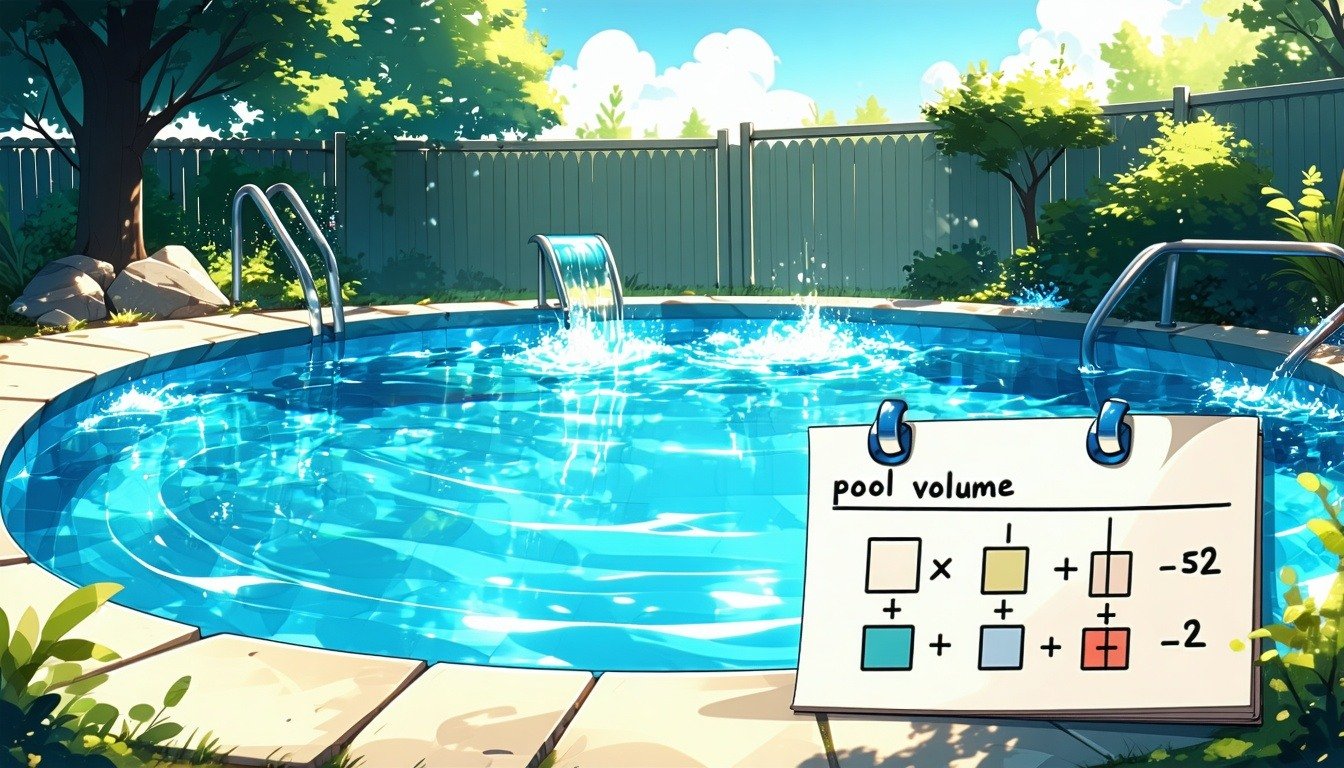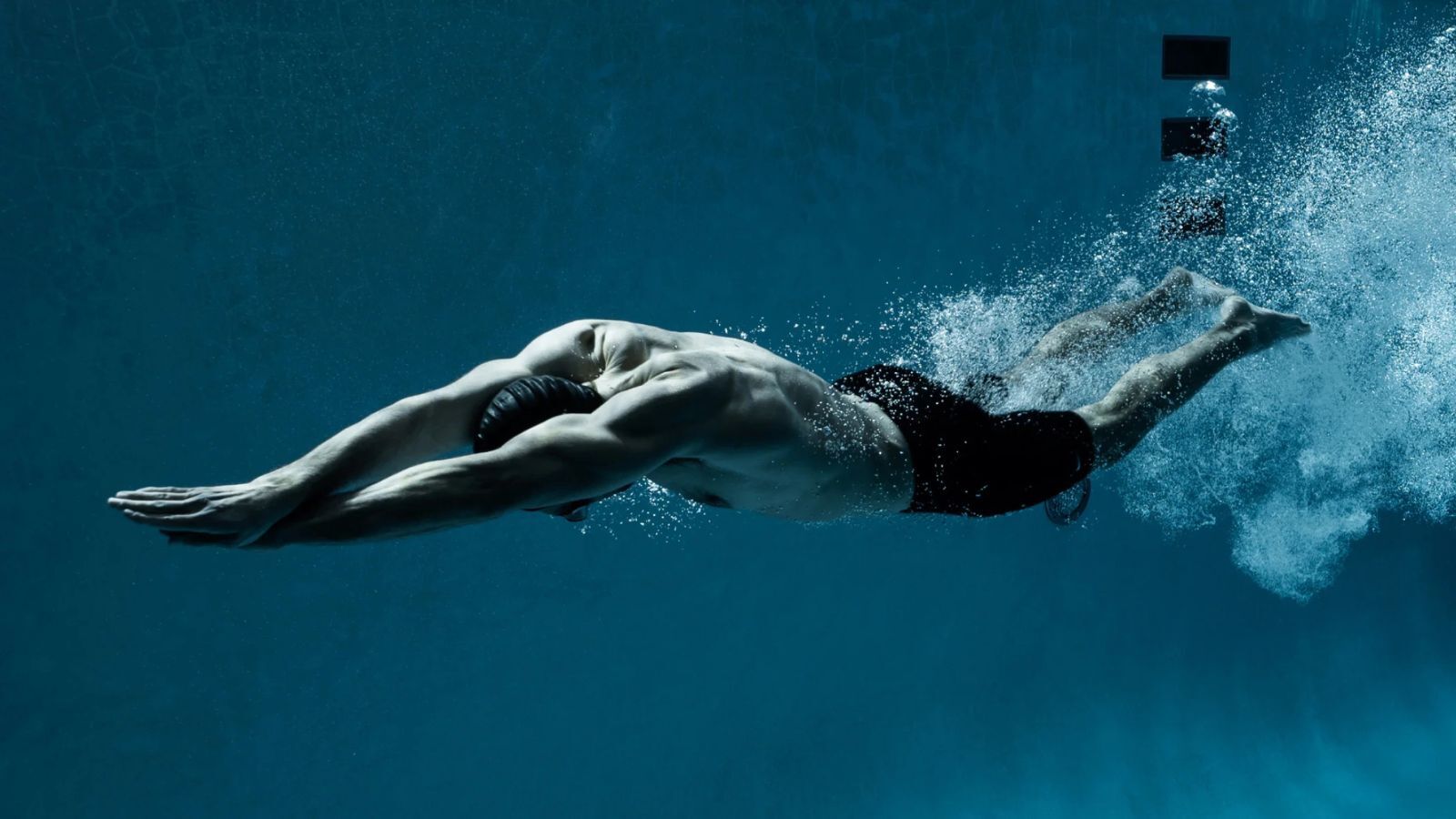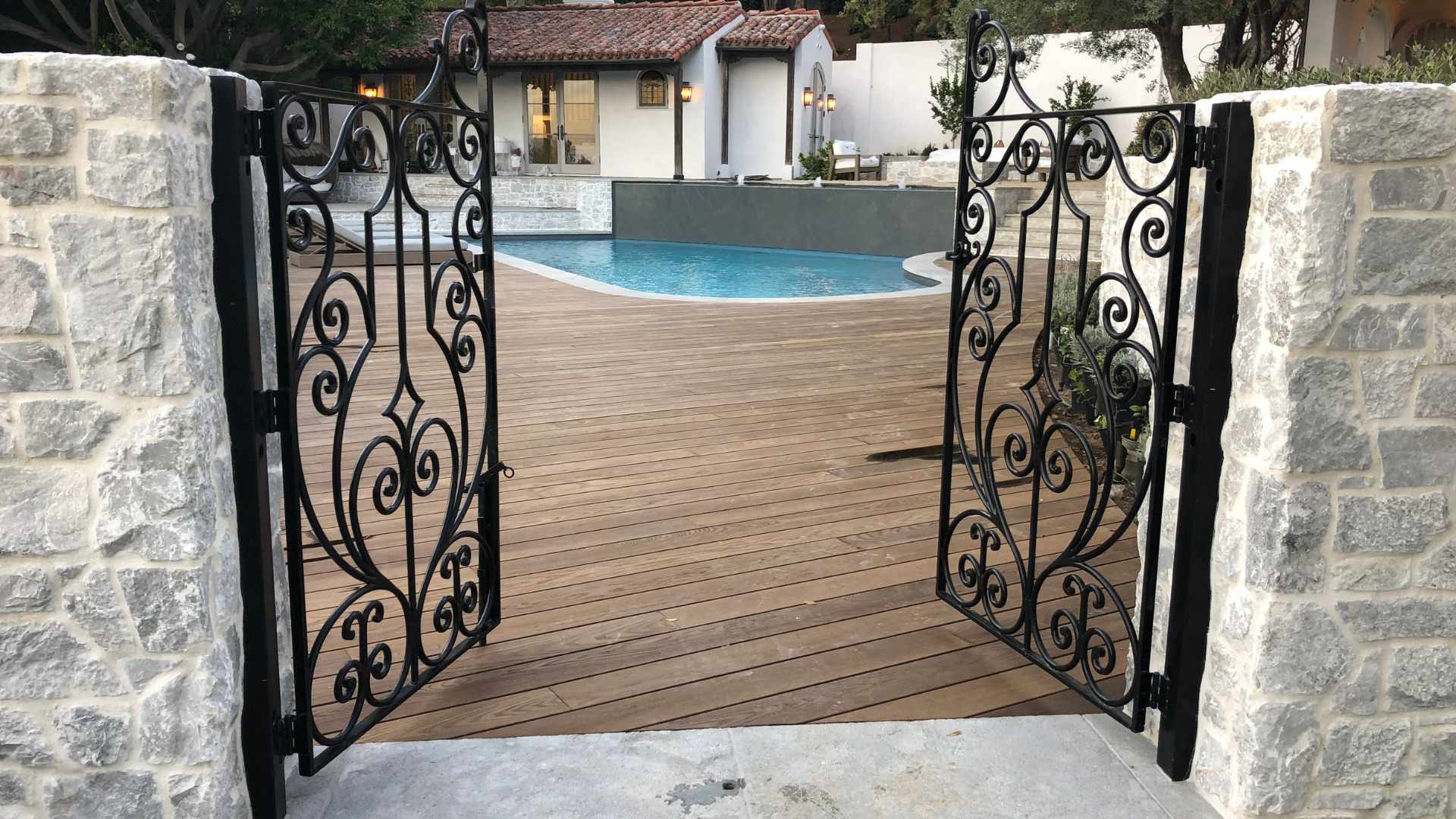How to Cut Pool Chemical Costs with Accurate Volume & Pump Run Time
The Secret Is Knowing Your Pool’s Volume Save money on pool chemicals while keeping your water clean and clear all year.Absolutely, and it starts...

In this article, you’ll learn exactly how ozone sanitation systems work, what they cost, and how much money you could save over time.
We’ll break down the up-front investment, installation requirements, ongoing maintenance, and the potential savings in energy, chemicals, and equipment durability.
Ozone is a powerful oxidizing agent that sanitizes swimming pools by eliminating bacteria, viruses, and other pathogens. Unlike traditional chlorine, ozone leaves no chemical residues and reduces the need for chlorine by up to 90%. Generated on-site using ozone generators, it is injected into the pool water, rapidly oxidizing and breaking down contaminants. This results in cleaner water with fewer chemical odors and less skin and eye irritation for swimmers. Ozone also helps control algae growth and organic matter, resulting in a cleaner and safer swimming experience.
The result? Cleaner water, fewer chemicals, and a swimming experience that’s gentler on skin, eyes, and pool equipment.
Want more technical details? Check out this Ozone Facts.
Ozone generators differ significantly based on brand, features, and output capacity. The size of your pool is a key factor, as the system must be appropriately sized. However, this article will take a more general approach.
Entry-level systems: $4,500–$7,000
High-end commercial-grade systems: $17,000–$24,000+
The size of your pool, ozone production rate (grams / hour), and build quality all influence the final price.
Example: A system producing 14–16 grams/hour is typically recommended for a standard 15’x30’ pool. (15k gallons+ -)
A complete ozone system typically includes:

Ozone generator unit - Injector and venturi system - Control panel - Flow meter - Backflow preventer - Specialized installation fittings. (Components and equipment may vary from manufacturer)
Higher-quality components often translate to longer system life and fewer repair needs.
Larger pools or those with frequent use require greater ozone output to ensure effective sanitation.

Rule of thumb: For a 10,000-gallon pool, aim for 14–16 grams/hour of ozone generation s optimal.
Pro Tip: Combining an ozone system with UV light enhances sanitization by generating hydroxyl radicals, which eliminate 99.9% of chlorine-resistant bacteria and viruses.

In addition to the unit, installing an ozone generator is not a DIY task. It requires both electrical and plumbing expertise, as well as specialized fittings.
Electrical: Must be completed by a licensed electrician.
Plumbing: Requires flow rate calibration, backflow prevention, and integration into the pool’s return line.
Improper installation can lead to damage or inefficiency—which becomes more expensive down the line.
Pro Tip: Hire a factory-trained and certified installer to ensure correct setup and system performance.
Professional labor typically accounts for about 20% of the total ozone system cost. This covers:
Certified technician setup and programming
Water flow calibration
Code-compliant electrical work
Pro Tip: Always ask if the installer has specific training in ozone system installation, as these systems differ from traditional chlorine or salt-based systems.
For a 10,000-gallon pool, the typical annual chlorine usage is + - 50–60 gallons.
With an ozone generator, that drops by up to 95%—meaning you’ll use as little as 5–6 gallons annually.
Bottom line: You’ll spend far less on chemicals and reduce your exposure to harsh irritants. The initial cost of an Ozone system will give you more ROI and healthier water for swimming.
Chlorine dissipates quickly under sunlight, requiring frequent top-offs. Ozone delivers a more stable and continuous sanitizing effect, reducing the need for weekly chemical management.
Yes—because ozone systems are designed for energy efficiency.
They:
Plug into a standard 110V outlet
Draw minimal electricity
Require no heating or additional equipment like booster pumps
Result: Lower electricity bills and reduced strain on your pool’s primary pump.

Chlorine-based sanitizers can corrode heaters, damage plaster surfaces, discolor tiles, and damage pump seals over time, leading to:
Delamination and discoloration
Faded tiles
Cracked or leaking seals
When properly installed, ozone is non-corrosive and protects your:
Pool plaster
Tile surfaces
Shell and structural components
Fewer repairs, less maintenance, and longer equipment life = long-term cost savings.

Maintaining an ozone system requires some initial education, but it becomes easier once it is established.
Follow the manufacturer's maintenance guidelines.
Some brands offer in-person technician training (often at their facility with tools provided)
Schedule annual checkups to ensure system efficiency.
While there’s a bit of a time investment initially, the long-term payoff is cleaner water, fewer chemical issues, and smoother system performance.
Now you have a clear understanding of ozone pool systems—what they cost, how they work, and how they save you money in the long run.
If you’ve been frustrated by chemical costs or equipment damage from chlorine, ozone may be your ideal solution.
Ready to find out if ozone is a good fit for your pool? Schedule a consultation with one of our designers. We’ll assess your pool and goals, guiding you to the best setup.
At J Designs, we bring over 15 years of pool building and maintenance experience to every project. We specialize in eco-friendly systems such as ozone and UV systems that provide performance, comfort, and cost savings—crystal clear water, guaranteed.

The Secret Is Knowing Your Pool’s Volume Save money on pool chemicals while keeping your water clean and clear all year.Absolutely, and it starts...

Looking for ways to make your water workouts more exciting and effective?Not sure which gear is best for your age, fitness level, or aquatic goal?In...

Trying to choose the right decking material for your pool area and feeling stuck between natural wood and composite?